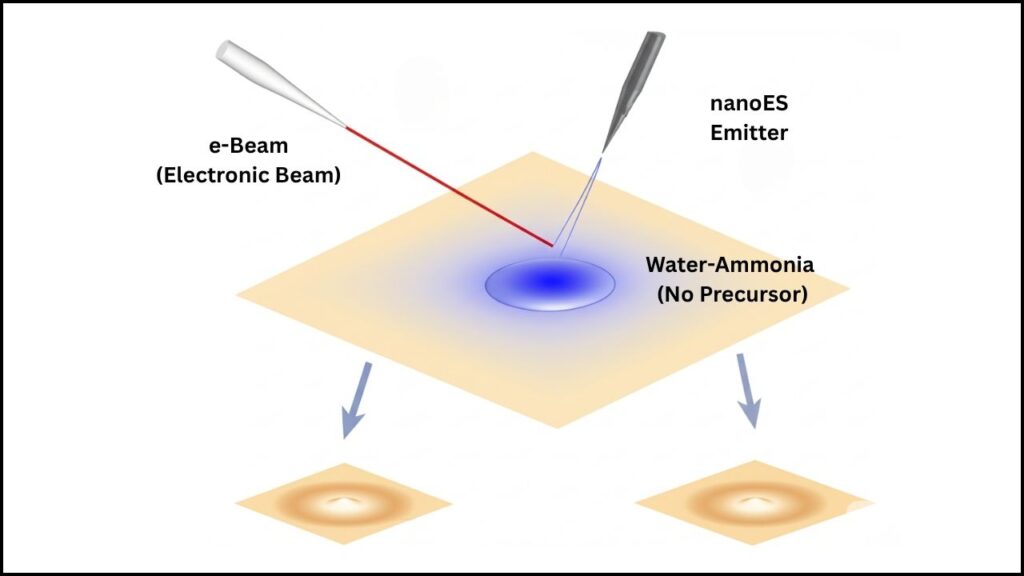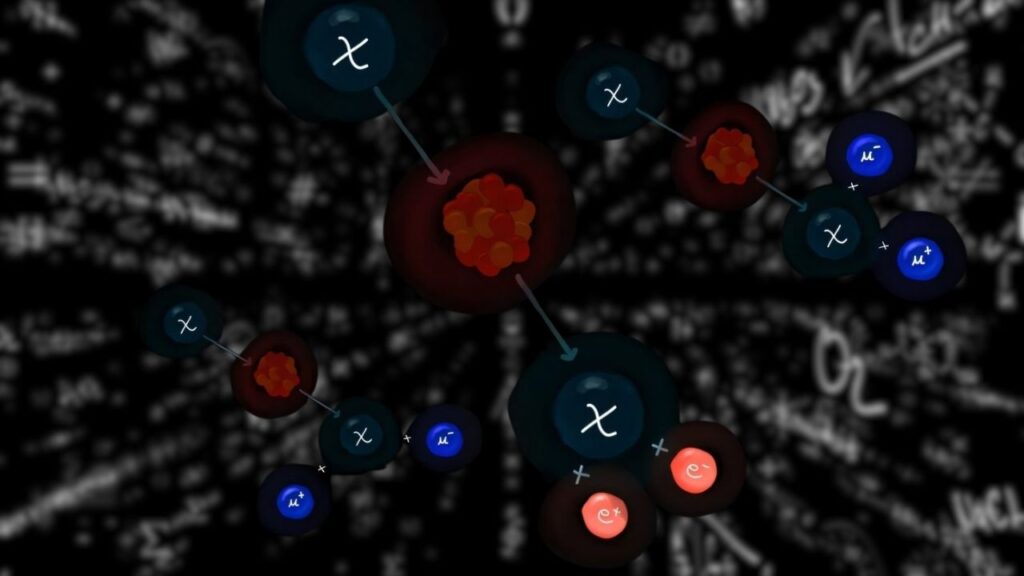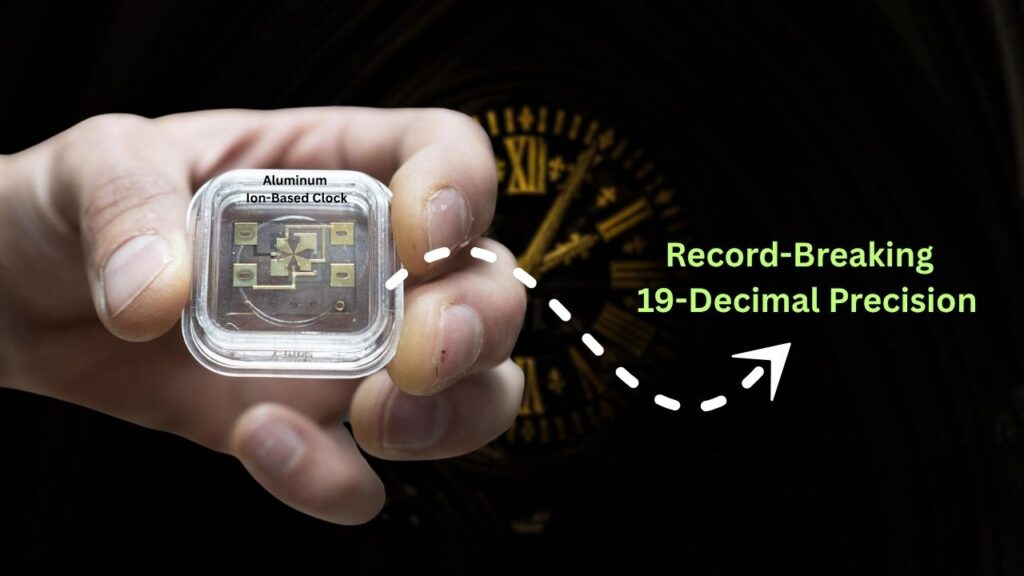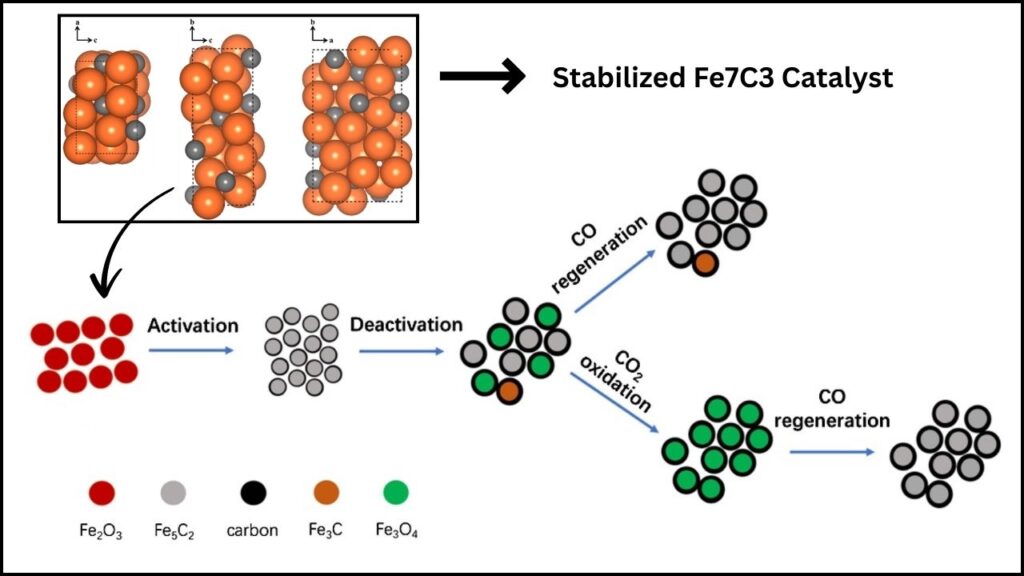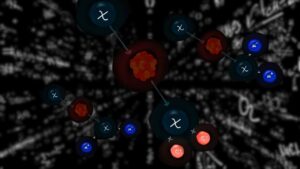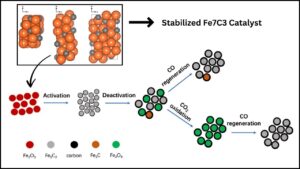Every year, health experts face a high-pressure question: Which influenza strains should go into the next seasonal vaccine? This decision, made months before flu season, can feel like a race against time. If the strains chosen match the ones actually circulating, the vaccine offers good protection. But if not, people are left vulnerable to illness, overwhelming healthcare systems worldwide.

MIT’s new AI system, called VaxSeer, promises to change this. By using advanced machine learning, VaxSeer can predict which flu virus strains will dominate months ahead and identify the most protective vaccine candidates with remarkable accuracy. This breakthrough could transform flu vaccine development, making vaccines more effective and timely, and ultimately saving lives.
Table of Contents
MIT’s New AI VaxSeer
| Aspect | Details |
|---|---|
| AI Tool Name | VaxSeer |
| Developed by | MIT CSAIL & Abdul Latif Jameel Clinic for Machine Learning in Health |
| Main Function | Predicts dominant influenza strains and vaccine coverage months in advance |
| Technology Used | Deep learning models trained on decades of viral sequences and lab test results |
| Performance | Outperformed WHO vaccine strain selections in 9 of 10 flu seasons for A/H3N2 subtype |
| Impact on Vaccine Effectiveness | Strong correlation with real-world vaccine effectiveness data from CDC & other agencies |
| Limitations | Currently focuses on flu virus hemagglutinin (HA) protein |
| Potential Future Applications | Expansion to predict other viral mutations and different viruses |
| Official Website | MIT News – VaxSeer AI Tool |
MIT’s VaxSeer AI is an exciting breakthrough that could transform flu vaccine development by accurately predicting dominant flu strains and identifying optimal vaccine candidates months ahead. By reducing the guesswork involved, VaxSeer helps health officials stay ahead in the race against ever-evolving flu viruses, which means better vaccines, fewer illnesses, and stronger public health defenses.
The beauty of VaxSeer lies in its smart use of decades of data, deep learning, and mathematical modeling to bring clarity to a traditionally uncertain and complex process. As developments continue, this tool could well become a cornerstone for flu preparation and vaccine strategy worldwide.
Understanding the Challenge in Flu Vaccine Development
Influenza viruses are notorious for their rapid mutation. They change constantly, sometimes unexpectedly, making it hard for scientists to keep up. Choosing the right strains for the vaccine involves guesswork because health officials must decide about six months in advance which strains are most likely to circulate.
The process has traditionally relied on expert judgment combined with laboratory data. However, even with the best human expertise, some years the vaccine strains don’t match the circulating viruses well, and effectiveness drops—vaccines may only be about 40% effective on average during the past few years.
To put this simply: It’s like trying to predict next winter’s most popular fashion six months beforehand, with only partial clues. Sometimes the prediction is spot-on, but other times it misses big trends.
What is VaxSeer? The AI That Predicts Flu Strains
VaxSeer is an AI-powered system designed to predict flu virus evolution and vaccine effectiveness before flu season begins. It combines two main prediction engines:
- Dominance Predictor: Estimates how likely each viral strain is to spread and become dominant.
- Antigenicity Predictor: Estimates how effective a vaccine strain would be against the virus strains, simulating lab test results that measure immune response.
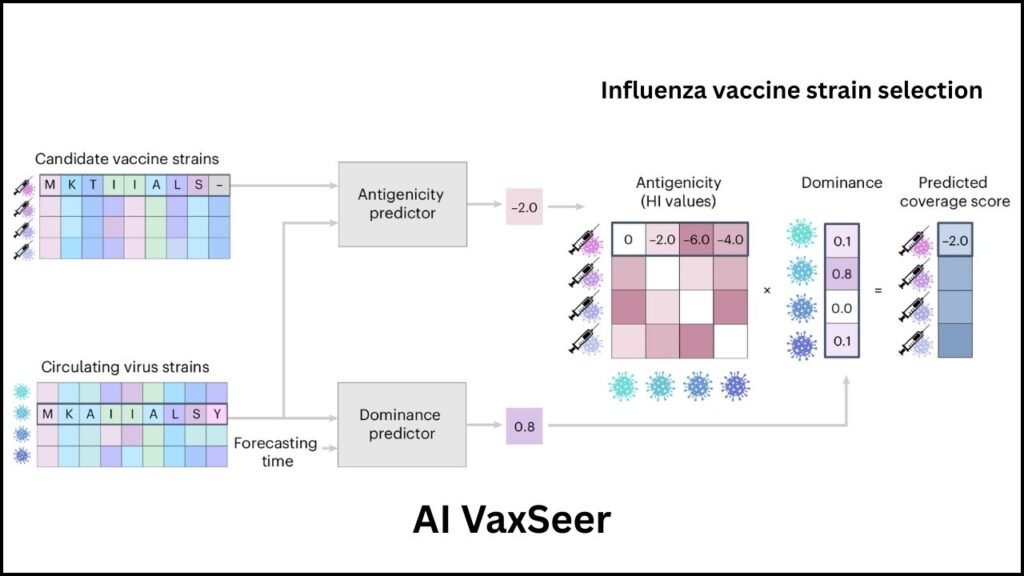
By combining these, VaxSeer calculates a predicted coverage score — a measure of how well a vaccine is expected to perform against future viruses.
How Does It Work?
VaxSeer uses deep learning, a type of AI modeled on the human brain, trained on decades of flu virus data including genetic sequences and lab test results. It essentially “learns” the complex relationships between viral mutations and vaccine effectiveness. Unlike traditional models that treat mutations independently, VaxSeer understands how multiple mutations combine and influence virus spread and immune response.
It then simulates viral spread over time using mathematical models (ordinary differential equations) to forecast which strains will dominate. It also predicts how well antibodies from vaccines will neutralize these strains, using lab test proxy data.
Why VaxSeer is a Game-Changer
In a 10-year retrospective study, VaxSeer outperformed the World Health Organization (WHO) in selecting flu vaccine strains for the A/H3N2 subtype in nine out of ten seasons. For A/H1N1, it matched or exceeded WHO recommendations in six out of ten seasons.
One notable example: For the 2016 flu season, VaxSeer identified a strain that the WHO only recommended for the following year’s vaccine. This shows the AI’s potential to anticipate viral evolution earlier than human experts.
Moreover, VaxSeer’s predictions closely correlate with real-world vaccine effectiveness data from trusted sources like the U.S. Centers for Disease Control and Prevention (CDC) and Canada’s Sentinel Practitioner Surveillance Network.
In plain English: Think of VaxSeer as a highly accurate weather forecast system, but for flu viruses, helping healthcare decision-makers “see ahead” and prepare better vaccines.
Practical Implications for Healthcare and Vaccine Manufacturers
By improving how we predict which flu strains will dominate, VaxSeer could:
- Increase Flu Vaccine Effectiveness: Better strain matching means vaccines protect more people, reducing illness and healthcare strain.
- Shorten Manufacturing Lead Times: More reliable predictions allow vaccine production to start confidently, reducing delays.
- Reduce Economic and Health Burdens: Fewer mismatches will lower hospitalization rates and economic losses due to flu outbreaks.
- Enable Smarter Public Health Messaging: Officials can better prepare and advise communities on vaccination campaigns.
Manufacturers might also benefit from understanding viral evolution more deeply, potentially streamlining the vaccine creation process.
How VaxSeer Works Step-by-Step: A Simple Guide
Step 1: Data Collection
VaxSeer gathers decades of viral genetic sequences and lab test results, focusing on the critical hemagglutinin (HA) protein, which determines how the immune system recognizes the virus.
Step 2: Deep Learning Training
The AI is trained using this extensive data to understand complex mutation patterns and their impact on spread and vaccine response.
Step 3: Predicting Viral Spread
Using protein language models and mathematical simulations, it forecasts which flu strains will grow most prevalent in upcoming seasons.
Step 4: Predicting Vaccine Effectiveness
VaxSeer estimates how well available vaccine candidates will neutralize these anticipated virus strains.
Step 5: Calculating Coverage Scores
The AI combines both predictions into a coverage score indicating the vaccine’s expected protection level.
Step 6: Informing Vaccine Strain Selection
Public health officials can use VaxSeer’s insights to pick vaccine strains more likely to succeed in real-world flu seasons.
Limitations and Future Directions
Currently, VaxSeer focuses primarily on the HA protein of influenza viruses. The developers plan to include other viral components, such as neuraminidase (NA), and additional factors like immune history and vaccine dosage.
Expanding the AI’s scope could also apply this AI approach to other rapidly evolving viruses, antibiotic-resistant bacteria, or drug-resistant cancers, provided there is sufficient high-quality data available.
New Genetic Discovery Could Unlock Powerful Breakthroughs in Disease Treatment
New AI Tool Supercharges mRNA Treatments — Hope for Viruses, Cancer, and Genetic Disorders
New Quantum Theory Just Expanded What We Can Actually Measure
FAQs About MIT’s New AI VaxSeer
Q1: How much better is VaxSeer compared to traditional methods?
A1: Retrospective studies show VaxSeer outperforms WHO strain selections in most flu seasons tested, especially for the A/H3N2 subtype, improving the likelihood of effective vaccines.
Q2: Can VaxSeer completely replace human experts in vaccine selection?
A2: No, VaxSeer is designed to assist and augment expert decision-making by providing more accurate data-driven insights.
Q3: Is VaxSeer already used in vaccine production?
A3: As of 2025, VaxSeer is a cutting-edge research tool showing high promise. Integration into operational vaccine strain selection processes depends on regulatory and public health adoption.
Q4: What data does VaxSeer use to make predictions?
A4: It uses decades of genetic sequences of flu viruses, lab assay results, and surveillance data to model virus evolution and immune response.

